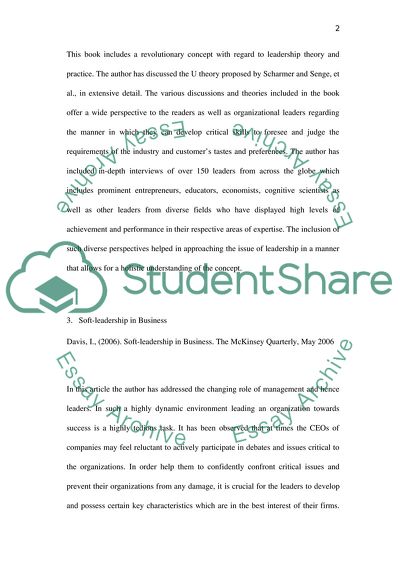Cite this document
(“Leadership Research and Commentary Annotated Bibliography”, n.d.)
Leadership Research and Commentary Annotated Bibliography. Retrieved from https://studentshare.org/human-resources/1783123-annotated-bibliography-of-leadership-research
Leadership Research and Commentary Annotated Bibliography. Retrieved from https://studentshare.org/human-resources/1783123-annotated-bibliography-of-leadership-research
(Leadership Research and Commentary Annotated Bibliography)
Leadership Research and Commentary Annotated Bibliography. https://studentshare.org/human-resources/1783123-annotated-bibliography-of-leadership-research.
Leadership Research and Commentary Annotated Bibliography. https://studentshare.org/human-resources/1783123-annotated-bibliography-of-leadership-research.
“Leadership Research and Commentary Annotated Bibliography”, n.d. https://studentshare.org/human-resources/1783123-annotated-bibliography-of-leadership-research.


